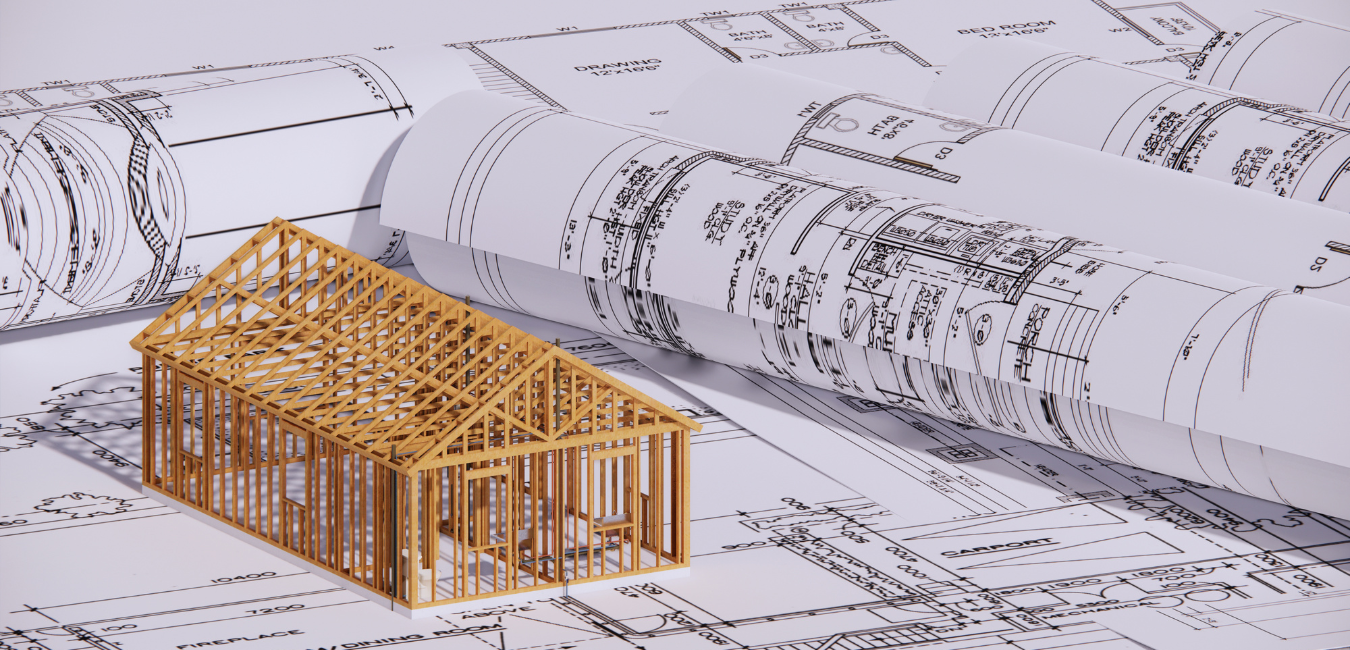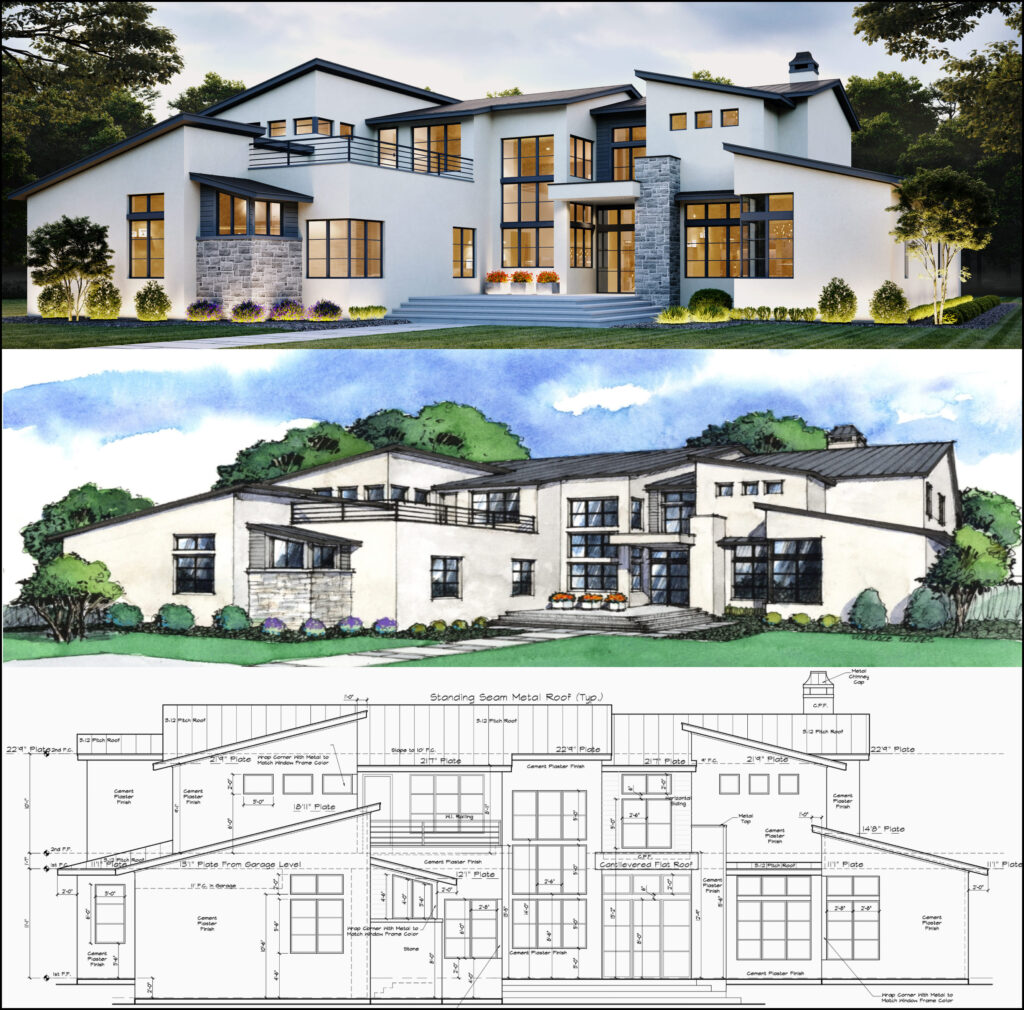Exactly How CDA Architects Combine Creative Thinking and Performance in Modern Design
Exactly How CDA Architects Combine Creative Thinking and Performance in Modern Design
Blog Article
The Crucial Duty of an Engineer in Forming Sustainable Urban Settings for Future Generations
The duty of an architect in crafting lasting metropolitan atmospheres is increasingly essential in replying to the difficulties of climate change and urbanization. By flawlessly incorporating environmental principles into their styles, architects not only enhance the aesthetic and useful top quality of city rooms yet also address pushing problems such as power performance and social equity. Their proficiency in cutting-edge materials and neighborhood involvement forms developments that resonate with neighborhood worths and aspirations. However, as we discover the intricacies of this field additionally, it becomes noticeable that the future of city living may hinge on the actual methods designers utilize today.
Comprehending Lasting Urban Design
Lasting city style incorporates environmental principles with metropolitan preparation to develop atmospheres that are not just habitable but additionally resilient. This approach stresses the relevance of including natural systems into the city textile, making certain that development meets the requirements of today without jeopardizing the capability of future generations to satisfy their very own needs. Crucial element of lasting metropolitan design include reliable land usage, the promotion of biodiversity, and the integration of green rooms, every one of which add to boosted lifestyle for locals.
Additionally, sustainable city layout focuses on the decrease of the city warmth island impact, enhanced air high quality, and efficient stormwater administration. It urges making use of eco-friendly resources and energy-efficient building methods, which significantly reduced carbon footprints. Additionally, lasting metropolitan design fosters social equity by producing accessible public spaces and promoting mixed-use growths that cater to diverse populaces.
Via thoughtful planning and ingenious layout strategies, sustainable metropolitan atmospheres can improve area strength versus environment adjustment while fostering economic advancement. This holistic approach not just addresses instant urban difficulties but additionally prepares for healthier, much more lasting cities for generations to find.
Trick Obligations of Architects
Engineers play a pivotal duty in forming lasting metropolitan atmospheres by equating design principles right into tangible structures and spaces. Their duties include a variety of tasks that add to the overall success of urban layout jobs.
Firstly, engineers conduct extensive site analyses to understand the environmental, social, and social context of their tasks. This fundamental knowledge informs their layout choices, ensuring that buildings balance with their environments. They also engage in collaborative procedures with stakeholders, consisting of city organizers, engineers, and the neighborhood, fostering an inclusive technique to urban advancement.
Additionally, designers are charged with producing layouts that maximize energy performance, source conservation, and performance. They have to comply with regional zoning laws, developing codes, and sustainability qualifications, guaranteeing conformity while pushing the boundaries of development.
In addition, designers are in charge of managing the style process, collaborating with various experts throughout the building and construction phase to guarantee that the check out this site vision is recognized precisely (cda architects). Inevitably, their role is not only concerning aesthetic appeals; it is concerning producing resistant, adaptive areas that boost the lifestyle for current and future generations, laying the groundwork for lasting urban living
Cutting-edge Products and Techniques

Furthermore, innovations in technology have caused the development of high-performance materials, such as shielded concrete kinds (ICFs) and solar glass, which add to energy conservation and harness renewable resource. Methods such as passive solar design and green roofing systems even more exhibit how design can balance with all-natural systems, decreasing reliance on man-made cooling and heating.
Additionally, the assimilation of wise materials, which adjust to ecological changes, provides promising avenues for improving building efficiency. These materials can react to temperature changes or dampness degrees, optimizing convenience and sustainability.
Inevitably, the strategic selection and application of innovative materials and techniques equip designers to produce city rooms that are not just practical and visually pleasing yet additionally resistant and ecologically accountable, making sure a lasting future for generations ahead. cda architects.
Neighborhood Involvement and Collaboration
The success of ingenious materials and methods in sustainable city architecture is significantly boosted by active neighborhood interaction and collaboration. Designers have to recognize that the constructed atmosphere greatly impacts the lives of regional homeowners, making it vital to include them in the layout procedure. Engaging the neighborhood promotes a sense of ownership and accountability, making sure that growths not only fulfill visual and functional requirements but also mirror the worths and aspirations of those who occupy them.

Effective community interaction additionally assists in prioritizing social equity within urban growth. By thinking about the voices of marginalized populaces, architects can create spaces that are inclusive and fair. In this method, area interaction and cooperation end up being important to attaining genuinely sustainable urban environments that offer the demands of existing and future generations.
Future Patterns in Lasting Design
An arising focus on adaptive pop over to this site reuse and round economic climate principles is readied to redefine the landscape of sustainable architecture. As cities grapple with boosting population densities and ecological challenges, designers are increasingly turning to techniques that optimize existing structures instead of going after new builds. This method not just maintains cultural heritage but additionally dramatically reduces resource consumption and waste.
Additionally, advancements in innovation are forming future fads in sustainable style. The assimilation of smart materials and building systems permits real-time energy management, improving efficiency and reducing carbon impacts. Advancements such as environment-friendly roofing systems, living walls, and energy-generating exteriors are becoming typical techniques, better advertising eco-friendly balance within urban atmospheres.
Furthermore, a shift in the direction of biophilic design is acquiring grip, stressing the connection in between nature and human well-being. By including natural environments, engineers produce rooms that cultivate mental wellness while advertising biodiversity.
Conclusion
Finally, designers are essential ahead of time sustainable city settings with their knowledge in style, cutting-edge materials, and area involvement. By focusing on power performance and resource preservation, these experts add to the production of resilient metropolitan areas that meet the demands of present and future generations. The assimilation of ecological concepts not only enhances livability but also fosters social equity, ensuring advancements resonate with the values and goals of the neighborhoods they offer.
Report this page